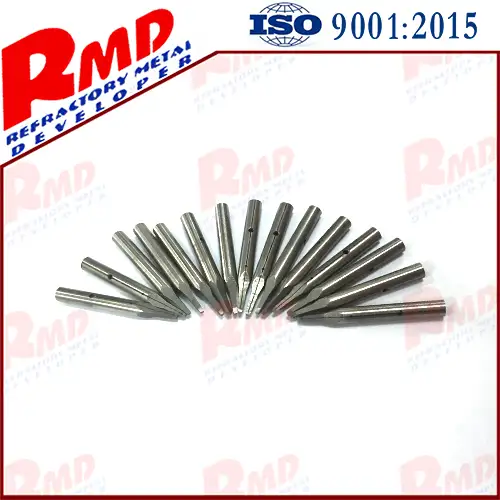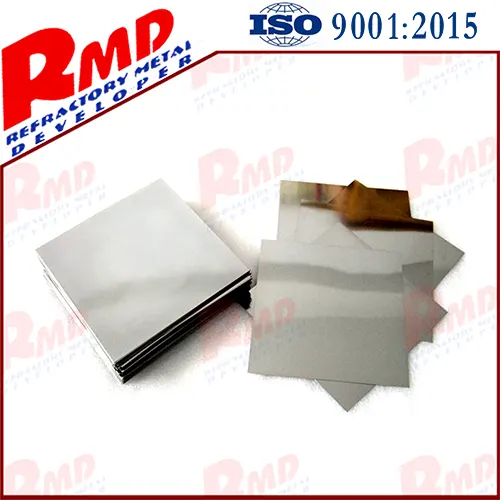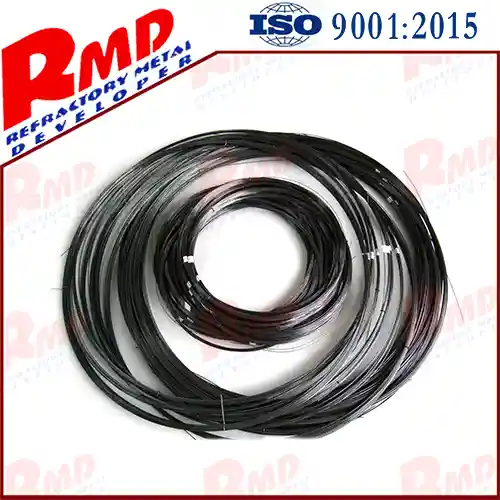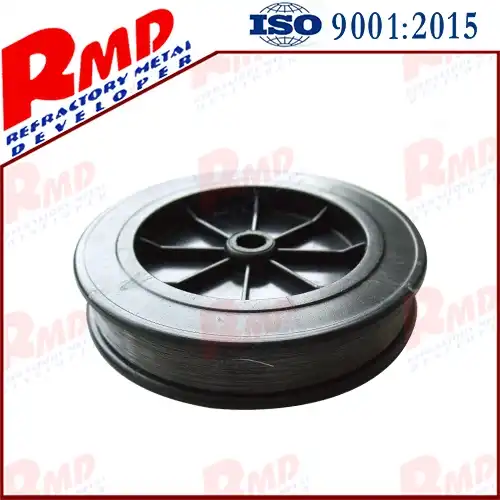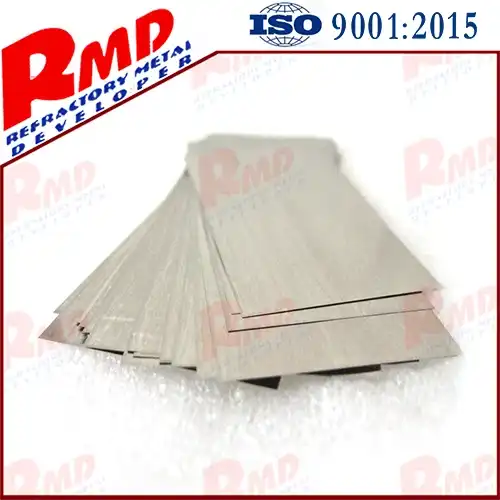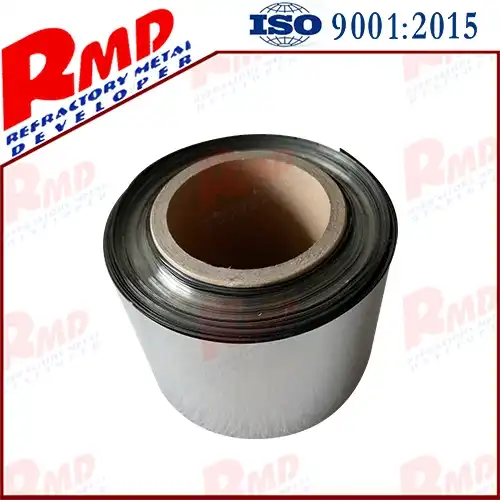- English
- French
- German
- Portuguese
- Spanish
- Russian
- Japanese
- Korean
- Arabic
- Greek
- German
- Turkish
- Italian
- Danish
- Romanian
- Indonesian
- Czech
- Afrikaans
- Swedish
- Polish
- Basque
- Catalan
- Esperanto
- Hindi
- Lao
- Albanian
- Amharic
- Armenian
- Azerbaijani
- Belarusian
- Bengali
- Bosnian
- Bulgarian
- Cebuano
- Chichewa
- Corsican
- Croatian
- Dutch
- Estonian
- Filipino
- Finnish
- Frisian
- Galician
- Georgian
- Gujarati
- Haitian
- Hausa
- Hawaiian
- Hebrew
- Hmong
- Hungarian
- Icelandic
- Igbo
- Javanese
- Kannada
- Kazakh
- Khmer
- Kurdish
- Kyrgyz
- Latin
- Latvian
- Lithuanian
- Luxembou..
- Macedonian
- Malagasy
- Malay
- Malayalam
- Maltese
- Maori
- Marathi
- Mongolian
- Burmese
- Nepali
- Norwegian
- Pashto
- Persian
- Punjabi
- Serbian
- Sesotho
- Sinhala
- Slovak
- Slovenian
- Somali
- Samoan
- Scots Gaelic
- Shona
- Sindhi
- Sundanese
- Swahili
- Tajik
- Tamil
- Telugu
- Thai
- Ukrainian
- Urdu
- Uzbek
- Vietnamese
- Welsh
- Xhosa
- Yiddish
- Yoruba
- Zulu
Application Of Tungsten In Aviation - High Density Alloy
2024-01-05 18:00:06
What other important applications does tungsten alloys have?
How can an airplane be sure to fly safely in the sky? In addition to the engine, fuselage, wings, and elevators, there is a very important component hidden within the structure. We call it the equalizer. Some people believe that aviation materials should be as light as possible, but this is an overgeneralization. Flying at a high speed thousands of meters in the air, the wind resistance and pressure of the plane are unimaginable. The thin and weak body can only make the plane sway in the wind, which is impossible to balance, let alone to drive and control. Therefore, no matter it is an airliner, a fighter or a helicopter, it is necessary to add balance weights in the main parts of the wing, engine shaft, fuselage, tail and main shaft (helicopter) to achieve the balance and stability of the aircraft.
When a pilot flies an aircraft, the weight and gravity on board can affect the safety, handling and performance of the aircraft. Maintaining a steady center of gravity at all times for optimal control and compliance with flight safety standards is critical. After taking into account the necessary onboard equipment, fuel and passengers, more weight must be added or allocated to keep the aircraft within the allowable weight range. In order to achieve this process, a balance weigher may need to be installed temporarily or permanently. Aerospace counterweight can increase the sensitivity of the control mechanism and keep the aircraft operating within an acceptable range, increase the weight, and maintain good stability and balance at high speed.
Therefore, aircraft load balance is the key link to ensure flight safety. Selecting and optimizing aircraft weight balance device can make full use of aircraft payload, save fuel and improve air transport efficiency. However, high density tungsten alloy is a good material for aircraft counterweight weight because of its small volume, high density and convenient installation and connection. It is generally available for all types of aircraft, including commercial and military aircraft. So why are tungsten alloys used for airborne counterweights?
Although early aircraft counterweights were often made of toxic lead, tungsten alloys have become more popular in recent years because of their high bulk density at lower volumes. The refractory metal has a density of 18.75g/m3 and is about 50-60% heavier than lead. This means that the bulk of the ballast can be reduced by 40%. Because aircraft have limited space, compact and dense ballast types are favored in the aerospace industry. Tungsten alloys have a high density and small size, which increases the possibility of distribution within the aircraft, especially in the tail or nose area of the plane where space is limited.
In addition, high tungsten alloy has the advantages of high density, high strength and hardness, good thermal conductivity and weldability, good oxidation resistance, low thermal expansion coefficient, etc. It can also be used for aircraft load simulation during flight test to determine the exact position of the ballast under different payload conditions. In short, tungsten alloys are currently the most effective materials for balancing the overall weight of aircraft. Tungsten balanced counterweight components are more likely to meet the AS9100 standard, an internationally recognized quality standard for the aerospace industry.
According to the characteristics and USES of the high specific gravity alloy made by tungsten, it can be divided into w-ni-fe, w-ni-cu, w-wc-cu, w-ag and so on. The density is between 16.5 and 19.0g/cm3. Due to the need to mix copper and nickel and gold metals with variable price, powder metallurgy method is generally used to make high specific gravity alloy. Tungsten alloys are now available through 3D printing. However, tungsten is a refractory metal with a high melting point, so high density alloys are still produced by traditional methods. For example, the hydrogen reduction sintering method, which is a more traditional method of sintering high-specific alloy, is to put the presser in a graphite or molybdenum boat and sintering under the protection of hydrogen. In addition, vacuum sintering - isostatic pressure combined process, sintering - hot isostatic pressure process and so on.
Tungsten - based high - density alloys are usually classified as temporary and permanent in aircraft. Temporary general bolts fixed to the structure of the aircraft, can be added and removed as needed, marked with its purpose and total weight, once the temporary ballast is removed, the weight and balance of the aircraft must be checked again. Permanent balances must be fixed and labeled so that they are not accidentally removed from the aircraft, and if such a divine operation is carried out, the aircraft may have unintended consequences due to lack of balance during the flight.
